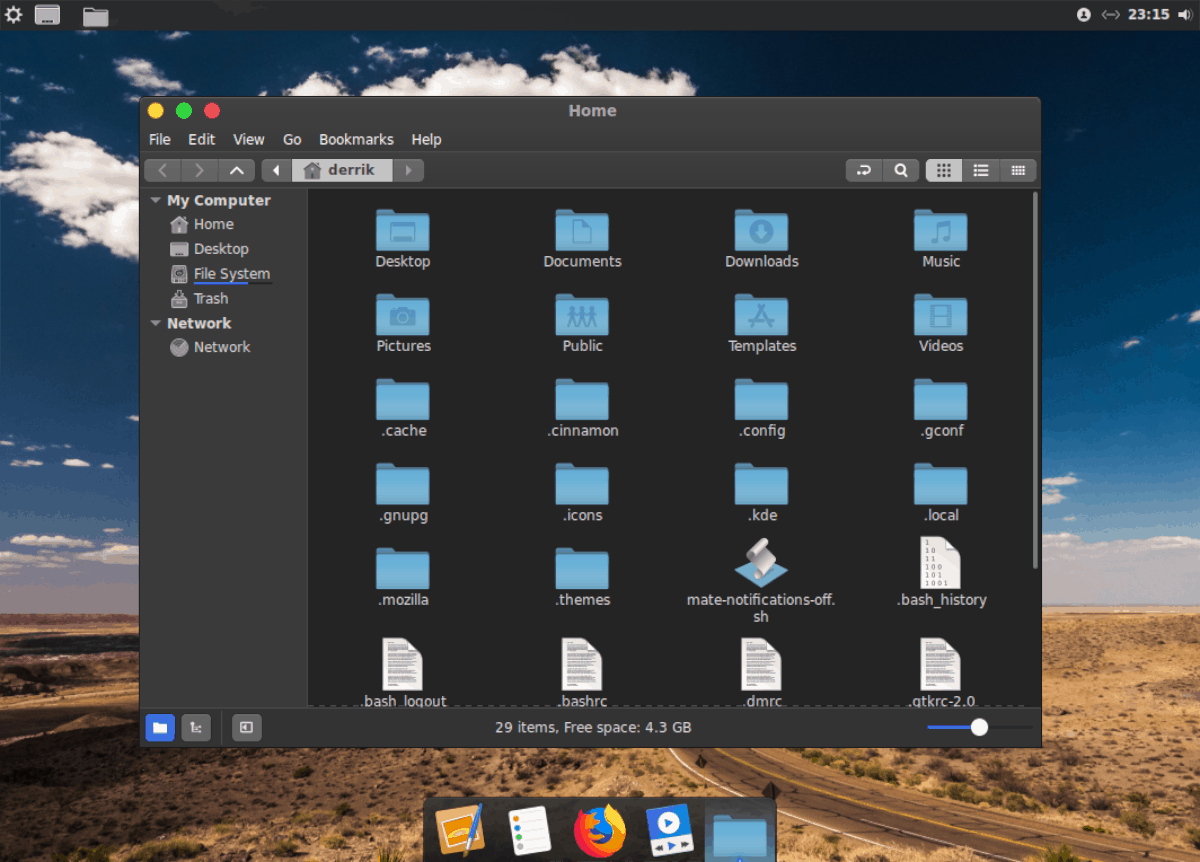

- Arch linux mac os x install#
- Arch linux mac os x drivers#
- Arch linux mac os x pro#
- Arch linux mac os x iso#
Your partition table should look something like this:Įdit /boot/loader/entries/nf.

The last partition will be the home partition. Let the first sector default, give it a size of 40GB and type id of blank. The next partition will be the root partition. Make the size 100M, the type id blank and label it boot. Since Apple recommends 128 MB after each partition, type +128M for the first sector. Let’s create the first new partition with cgdisk /dev/. The last partition is the one created inside of Disk Utility in the previous step. There may be another one after this, containing the macOS recovery partition if you have that feature enabled. The names will vary depending on the type of hard drive you have. I could not get ping to work with Google’s iPv6 addresses, but it did not matter for the rest of the installatin. Test for internet connectivity: ping -c 3 -4 Notice the -4 option. Once connected, use dhcpcd to assign an IP address.

iwconfig will show the wireless interface, and wifi-menu will bring up a GUI to connect to a wireless network.
Arch linux mac os x drivers#
Most information I saw said special drivers would need to be installed for the Broadcom wireless card to work, but it worked for me without installing any drivers.
Arch linux mac os x pro#
My MacBook Pro did not have an ethernet port, and I did not want to purchase an ethernet to USB adapter. Make the font larger with setfont sun12x22. The Macbook’s Retina display makes the font extremely small. It should now be running a live session of Arch: ~ # While restarting your machine, hold down the left alt/option key. We’ll be changing that later when we format the partitions. Allocate space for the Arch position and give it any file size you’d like. Using macOS’s Disk Utility application, click on “Partition”. Now, a new partition needed to be created for Arch. You now have a USB drive you can boot a live version of Arch from.
Arch linux mac os x iso#
Now, click “Select Image” and find you Arch Linux ISO file.Ĭlick “Select Target” and select your flash drive.
Arch linux mac os x install#
Using Homebrew, install balenaEtcher: brew cask install balenaetcher I downloaded the Arch Linux ISO here and used balenaEtcher to flash the ISO on the USB drive. We must first create a USB flash drive to boot the live environment. Some the hardware on modern Macbooks is simply not supported by Linux. The majority of this installation information can be found on the Arch Wiki installation guide, however there are some specific considerations that need to be made for both dual booting and the MacBook hardware.

Luckily, the Arch Wiki is a great resource and there are a plethora of other resources out there. Arch is not known for being the most user-friendly Linux distribution. However, with that added control comes added difficulty. Arch’s built-in package management system pacman is easy to use and the Arch User Repository contains packages for almost anything you could want. In addition, the Arch Wiki is an incredible source of information and one of the best resources on Linux out there. Arch uses a rolling release model, keeping everything updated. It’s ultimately on you to research and understand what packages you are going to need for your system. This gives you an intimate knowledge of what’s on your machine. Every package is explicitly installed by the user. What makes Arch so special?Īrch Linux is an extremely minimal and infinitely customizable operating system that grants the user the ability to completely control every aspect of their build. Why Arch Linux though? There are thousands of Linux distributions out there. Keeping macOS installed is important, as it allows you to still receive firmware updates from Apple. With the extra hard drive space, I decided to dual boot macOS and Arch Linux. I recently upgraded my early 2015 13-inch MacBook Pro by replacing the 128GB hard drive with a 1TB SSD.


 0 kommentar(er)
0 kommentar(er)
